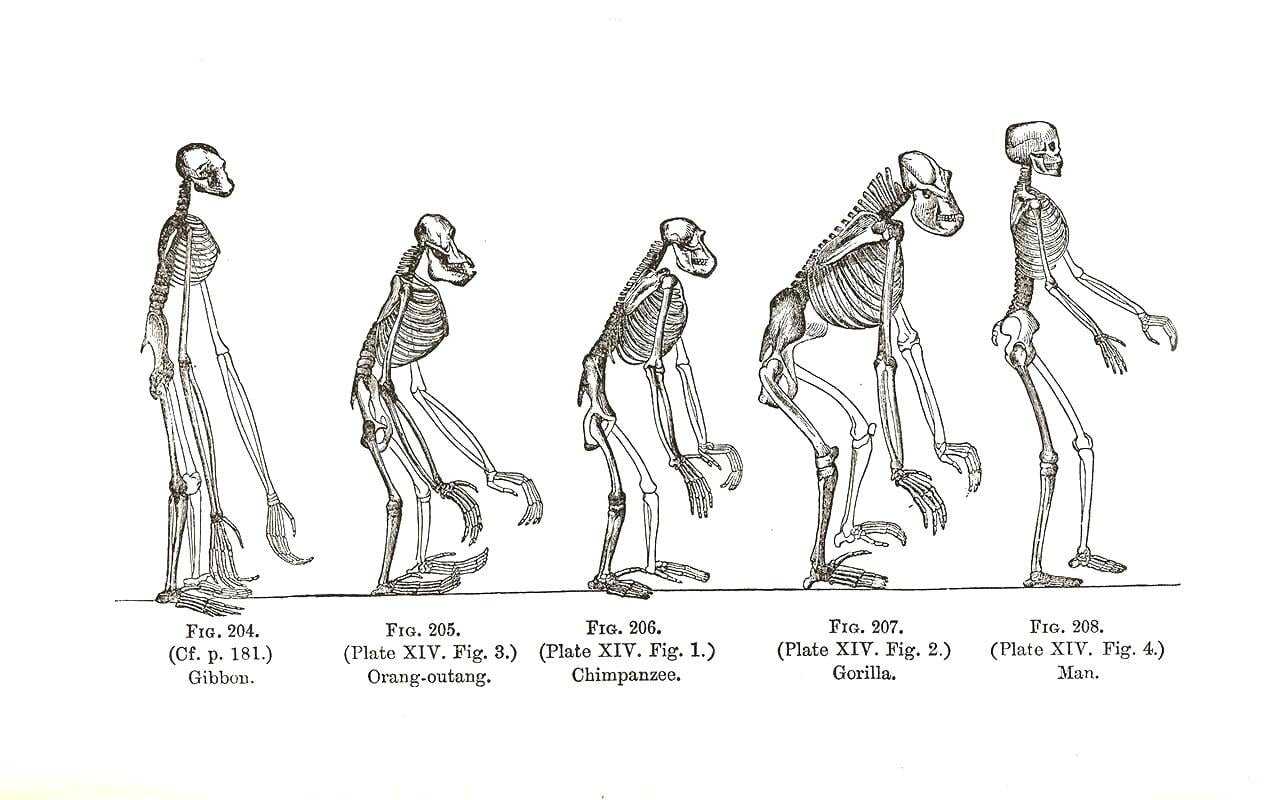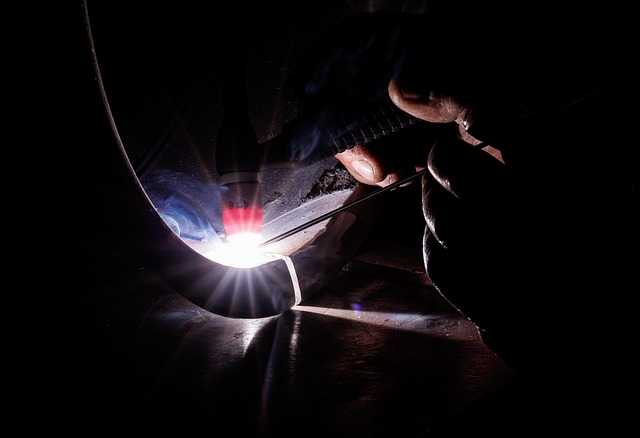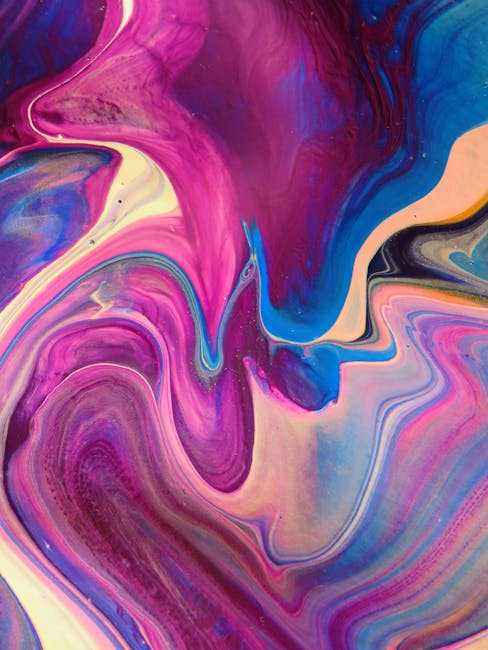Table of Contents
- Exploring the Evolution of Psychedelic Artistry
- Techniques and Mediums Used in Psychedelic Paintings
- The Emotional Impact of Color and Form in Psychedelic Art
- How to Start Your Own Psychedelic Painting Journey
- Q&A
- Future Outlook


Exploring the Evolution of Psychedelic Artistry
Psychedelic artistry has transcended mere visual appeal, emerging as a profound expression of the human mind’s intricacies. Originating in the mid-20th century, this vibrant genre draws heavily from the experiences associated with altered states of consciousness, often influenced by the counterculture movement of the 1960s. Artists began to experiment with bright colors, intricate patterns, and surreal imagery, culminating in an aesthetic that challenges the viewer’s perception of reality.
One hallmark of this artistic movement is its incorporation of various techniques, such as fluid painting, kaleidoscopic patterns, and digital manipulation. Some common features that define psychedelic paintings include:
- Bold Color Palettes: Artists often select colors that vibrate off the canvas, creating an immersive experience.
- Organic Forms: Fluid shapes mimic the natural world, bending the boundaries of reality.
- Surreal Imagery: Elements of fantasy and dream-like sequences draw viewers into alternate dimensions.
The evolution of psychedelic art mirrors societal changes and technological advancements. The introduction of psychedelic substances often coincided with new artistic movements, fostering environments where creativity could flourish uninhibited. Notably, artists like Alex Grey and Peter Max have played pivotal roles in bringing psychedelic imagery into mainstream culture, bridging the gap between countercultural ideals and contemporary art. Their works often serve as visual commentaries on consciousness, spirituality, and the collective human experience.
As time progresses, the fusion of technology and artistry has birthed new creativity avenues. Digital platforms are now allowing artists to explore and share their visions with a global audience. A new generation explores the depths of psychedelic experiences, producing works that integrate augmented reality and interactive elements. Below is a table showcasing notable figures in psychedelic art and their contributions:
| Artist | Key Contribution | Era |
|---|---|---|
| Alex Grey | Spiritual and anatomical art | 1970s-Present |
| Peter Max | Vibrant pop art | 1960s-Present |
| Takashi Murakami | Superflat and pop culture fusion | 1990s-Present |


Techniques and Mediums Used in Psychedelic Paintings
Psychedelic paintings are a vivid expression of the subconscious, often incorporating surreal imagery and whimsical colors. Artists employ a variety of techniques to achieve these stunning visuals. Layering techniques are prevalent, where multiple transparent layers of paint are applied to create depth and complexity. This approach allows the interplay of colors to mimic the intricacies of the mind, inviting viewers to experience a journey beyond the surface.
Color theory plays a crucial role in psychedelic art. Vibrant hues and contrasting shades are not merely chosen for aesthetics; they evoke emotional reactions and guide perception. Artists often utilize tools such as airbrushes and spray paint to enhance their work with a soft or explosive feel, further pushing the boundaries of reality. The integration of neon colors can create a luminous quality, drawing the viewer into a more immersive experience.
Many contemporary psychedelic artists also embrace mixed media to expand their creative horizons. This might include integrating collage elements, where photographs or fabric are layered atop painted surfaces, or even incorporating digital paint techniques to merge traditional artistry with modern technology. Utilizing tools like graphic tablets allows for precise manipulation, enabling artists to experiment with shapes and patterns that are often hallmarks of this genre.
| Medium | Description |
|---|---|
| Oil Paint | Rich color and ability to blend seamlessly. |
| Acrylic Paint | Fast-drying with vibrant color options. |
| Watercolor | Translucent effects ideal for dreamy landscapes. |
| Dye | Used on fabric and paper for striking patterns. |
Additionally, it’s not uncommon to see the implementation of 3D elements or lighting effects in exhibitions — creating a multi-sensory experience that enhances the overall impact of the artwork. Techniques like projection mapping can transform static paintings into dynamic, evolving displays, adding layers of intrigue and engagement. This fusion of various techniques and mediums empowers artists to push artistic boundaries, continuously redefining what psychedelic paintings can encompass.
The Emotional Impact of Color and Form in Psychedelic Art
Color and form are powerful elements in psychedelic art, evoking profound emotional responses in viewers. Artists often use vibrant hues to draw attention and stimulate the senses, creating a visceral experience that resonates deep within. Each shade can evoke a different sentiment, whether it’s the warmth of reds and oranges, which may instill a feeling of excitement or passion, or the coolness of blues and greens that can elicit calm and serenity. This emotional spectrum is a key component, allowing individuals to interpret and connect with the artwork on a personal level.
The fluidity of forms in psychedelic paintings further enhances their emotional impact. Organic shapes, often inspired by nature and the human experience, create a sense of movement and rhythm. When these shapes intertwine or overlap, they can mimic the kaleidoscopic experiences often associated with altered states of consciousness. This interplay encourages viewers to lose themselves in the artwork, fostering a sense of nostalgia or wonder. The inability to pin down a singular meaning adds a layer of intrigue, inviting interpretations that vary from person to person.
Additionally, the combination of color and form can create a dynamic visual language that communicates complex emotions. For example, the transition from sharp, jagged lines to soft, flowing curves can suggest a journey from tension to release, mirroring the emotional highs and lows of life’s experiences. When paired with color gradients, these visual transitions become even more powerful, evoking feelings of euphoria or melancholy. This versatility allows psychedelic art to resonate with diverse audiences, often tapping into universal human experiences.
To illustrate the emotional significance of color and form in psychedelic art, consider the following table that highlights key colors and their associated feelings:
| Color | Emotional Association |
|---|---|
| Red | Passion, Energy |
| Blue | Calm, Trust |
| Green | Harmony, Growth |
| Yellow | Joy, Optimism |
| Purple | Mystery, Imagination |
This interplay of color and form not only captivates but also invites deeper introspection, making psychedelic art a compelling medium for exploring the complexities of human emotion. Whether viewed casually or contemplated meaningfully, these artworks can transform spaces and experiences, ultimately shaping how individuals perceive their surroundings and themselves.


How to Start Your Own Psychedelic Painting Journey
Embarking on a psychedelic painting journey is an exciting venture that melds creativity with self-exploration. To begin, gather your materials—this includes canvas, brushes, and vibrant acrylic or watercolor paints. Consider incorporating a variety of tools to create different textures and effects, such as sponges, palette knives, and even unconventional items like straws or toothbrushes. Make sure to set up a dedicated space that inspires you; a bright, airy room filled with natural light can enhance your creative mood.
Next, immerse yourself in the world of colors and patterns! Study the works of renowned psychedelic artists, or explore online platforms and social media groups dedicated to this fascinating style. Look for inspiration in nature, music, or personal experiences. Reflect on what psychedelic art means to you and how you can express those feelings on canvas. Creating a mood board can be a helpful way to collect and visualize your ideas before you start painting.
As you dive into your painting, allow yourself to embrace spontaneity. Let your brush dance freely across the canvas without judgment or a predetermined plan. Techniques to consider include layering colors, using contrasting hues, and incorporating swirling patterns or mandalas. You might find it enriching to listen to music that fuels your imagination or play ambient sounds that enhance your creative flow. Remember, the journey is just as important as the finished piece.
Lastly, don’t shy away from sharing your work with others! Consider joining local art communities or online forums where you can showcase your creations and receive feedback. Participating in workshops or art meetups can also connect you with like-minded individuals who share your enthusiasm for psychedelic painting. As you continue to create and engage with others, you’ll not only develop your skills but also deepen your understanding of this expressive art form.
Q&A
Q&A: Exploring the World of Psychedelic Paintings
Q1: What are psychedelic paintings? A1: Psychedelic paintings are artworks that often emerge from intense explorations of consciousness and perception, frequently influenced by psychedelic experiences. Characterized by vivid colors, intricate patterns, and surreal imagery, these works aim to evoke heightened feelings or altered psychological states, inviting viewers on a visual journey that transcends reality.Q2: What themes are commonly found in psychedelic art? A2: Common themes include spirituality, transformation, and the exploration of inner and outer worlds. Artists often draw on nature, geometry, and mythical creatures, integrating motifs that reflect human consciousness, dreams, and the cosmos. The interplay of light and color often mirrors the complexity of human emotions and the vastness of existence.
Q3: How do artists create psychedelic paintings? A3: Artists typically utilize vibrant color palettes, intricate details, and repetitive patterns. Techniques such as airbrushing, layering, and digital manipulation are popular to achieve mesmerizing effects. Many artists are also inspired by their experiences with altered states of consciousness, be it through meditation or psychedelics, allowing for a unique expression of the mind’s eye.
Q4: Can psychedelic paintings impact viewers? A4: Yes, they can have a profound impact. The vibrant colors and complex patterns can elicit strong emotional responses, stimulating introspection or a sense of wonder. Many viewers report feeling a connection to the themes of consciousness and the universe, which can foster personal reflection or even inspire creativity.
Q5: What is the history behind psychedelic art? A5: Psychedelic art gained prominence in the 1960s, aligned with the counterculture movement that embraced experimentation in art, music, and spirituality. It often accompanied the rise of psychedelic rock music, serving as visual representations of the music and its associated themes of liberation and exploration. Notable figures include artists like Victor Moscoso and Peter Max, who shaped the aesthetic during this transformative era.
Q6: Where can one find psychedelic paintings? A6: Psychedelic paintings can be found in various places, from galleries and exhibitions dedicated to contemporary art to the homes of private collectors. Additionally, the digital age has expanded accessibility; many artists share their works online through social media platforms, digital galleries, and art marketplaces.
Q7: How can someone start creating their own psychedelic art? A7: Beginners can start by experimenting with color theory and familiarizing themselves with pattern-making. Using mixed media can also add depth, combining traditional painting methods with digital tools. Art classes focusing on abstract or surreal techniques can build foundational skills, while personal exploration of consciousness through meditation or creative self-expression can inspire unique themes and ideas.
Q8: Are there any artists currently leading the psychedelic movement? A8: Indeed, many contemporary artists explore psychedelic themes in their work. Artists like Alex Grey, known for his intricate and spiritual imagery, and Android Jones, noted for his digital art, are prominent figures. Each artist brings a unique perspective, continuing to push the boundaries of what psychedelic art can express in today’s fast-evolving cultural landscape. — Q9: What materials are best for creating psychedelic paintings? A9: The choice of materials can greatly influence the outcome. Acrylics and oil paints are popular for their vibrancy and blending capabilities, while neon colors are often used for that extra pop. Additionally, mediums like markers, gels, or even digital software can enhance the psychedelic vibe. Experimentation is key; artists often mix different materials to create interesting textures and effects.
Q10: How does psychedelic art relate to mental health and wellness? A10: Psychedelic art can serve as a form of therapy for many, providing an outlet for emotional expression and a way to communicate complex feelings. The immersive qualities of these artworks can offer relief from stress, promote mindfulness, and inspire positive change. As a bridge between emotions and creativity, engaging with psychedelic art can be a healing process for both artists and viewers alike. — This Q&A aims to unravel the intricacies of psychedelic art and invite further exploration into its colorful realm. Whether you’re an artist, a collector, or simply an admirer, there’s a canvas of experience waiting for you within the vibrant strokes of psychedelic paintings.
